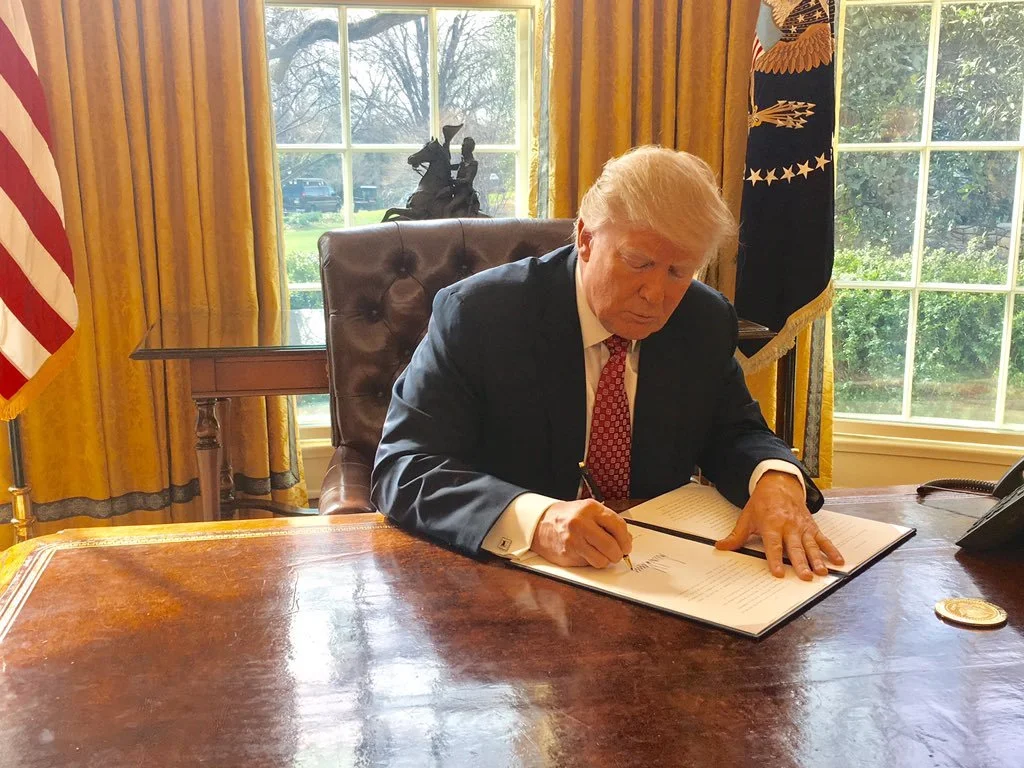On Wednesday morning, the cardinals attended Mass at St. Peter’s Basilica before ceremoniously walking to the Sistine Chapel in the afternoon, where they will adhere to strict protocols, including maintaining the secrecy of their voting process. This election is significant not just for the immediate church leadership, but also as a reflection of the ongoing ideological rifts within the church, with factions advocating for either a continuation of Francis’ progressive vision or a return to more conservative practices.
During the Mass, Cardinal Giovanni Battista Re, the dean of the College of Cardinals, urged the electors to choose a pope who could inspire and guide the church during "this difficult and complex time." With many of the voting cardinals appointed by Pope Francis, this election could determine the legacy of his thirteen-year tenure, which has been marked by calls for inclusivity and progressive reforms.
As history dictates, if no pope is elected on the first voting day, the cardinals will continue meeting daily, incurring ballots until a candidate achieves the necessary two-thirds majority. Speculation around who could emerge as the new pope includes leading contenders Cardinal Pietro Parolin, who previously served as Francis's secretary of state, and Cardinal Luis Antonio Tagle from the Philippines, who embodies the Pope's global mission, especially in areas facing rapid growth in Catholicism.
The results of this conclave may not only shift the direction of the Catholic Church but also impact wider societal issues as the future pontiff will face the dual challenge of guiding 1.4 billion Catholics while addressing the changing attitudes toward the church in today's world.
Under restrictions prohibiting all communication with the outside world during this pivotal time, the eyes of the Catholic community and global populace will remain fixed on the Vatican’s chimney for signs of the outcome, as black smoke indicates a failed vote and white smoke signals the selection of a new pope.
During the Mass, Cardinal Giovanni Battista Re, the dean of the College of Cardinals, urged the electors to choose a pope who could inspire and guide the church during "this difficult and complex time." With many of the voting cardinals appointed by Pope Francis, this election could determine the legacy of his thirteen-year tenure, which has been marked by calls for inclusivity and progressive reforms.
As history dictates, if no pope is elected on the first voting day, the cardinals will continue meeting daily, incurring ballots until a candidate achieves the necessary two-thirds majority. Speculation around who could emerge as the new pope includes leading contenders Cardinal Pietro Parolin, who previously served as Francis's secretary of state, and Cardinal Luis Antonio Tagle from the Philippines, who embodies the Pope's global mission, especially in areas facing rapid growth in Catholicism.
The results of this conclave may not only shift the direction of the Catholic Church but also impact wider societal issues as the future pontiff will face the dual challenge of guiding 1.4 billion Catholics while addressing the changing attitudes toward the church in today's world.
Under restrictions prohibiting all communication with the outside world during this pivotal time, the eyes of the Catholic community and global populace will remain fixed on the Vatican’s chimney for signs of the outcome, as black smoke indicates a failed vote and white smoke signals the selection of a new pope.




















